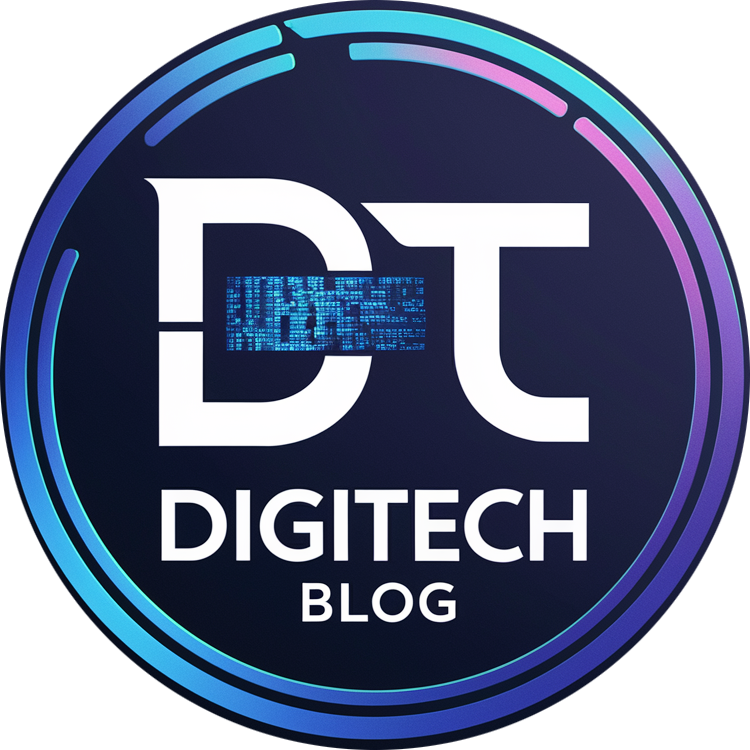Introduction to Facebook Ads
In the realm of digital marketing, Facebook Ads have emerged as a cornerstone for businesses aiming to amplify their online presence. Facebook Ads represent a form of paid social media advertising that leverages the extensive user base of the Facebook platform. With more than 2.8 billion active users worldwide, the reach and potential of Facebook Ads are unmatched, offering businesses the opportunity to connect with a diverse and engaged audience.
Facebook Ads encompass a variety of formats, each designed to cater to specific marketing objectives. Among the most popular types are image ads, which utilize compelling visuals to capture attention; video ads, which offer dynamic storytelling potential; and carousel ads, which allow businesses to display multiple images or videos within a single ad unit. This flexibility enables advertisers to choose the format that best aligns with their goals, whether it be brand awareness, lead generation, or direct sales.
The importance of Facebook Ads for businesses, regardless of size, cannot be overstated. For small and medium-sized enterprises (SMEs), Facebook Ads provide a cost-effective way to compete with larger corporations by leveling the playing field. Through precise targeting options, businesses can reach specific demographics based on factors such as age, gender, location, interests, and behaviors. This targeted approach ensures that advertising efforts are not only far-reaching but also relevant and impactful.
Moreover, Facebook’s advanced algorithm and robust analytics tools offer invaluable insights into ad performance. This data-driven approach allows businesses to refine their strategies in real-time, optimizing ad spend and enhancing return on investment (ROI). By leveraging the power of Facebook Ads, businesses can achieve significant growth, driving traffic, increasing conversions, and ultimately, boosting revenue.
In essence, understanding the fundamentals of Facebook Ads is crucial for any business looking to thrive in today’s competitive digital landscape. By harnessing the power of this versatile advertising platform, businesses can unlock new opportunities for growth and success.
How Facebook Ads Work
Understanding the mechanics of Facebook Ads is essential for any business looking to harness the platform’s potential for growth. The process begins with the Facebook Ads Manager, a comprehensive tool designed to facilitate the creation, management, and optimization of ad campaigns. To get started, one must first set up a Facebook Ads account. This involves linking your business’s Facebook Page to the Ads Manager and entering essential details such as payment information and account settings.
Once the account is set up, the next step is to create an ad campaign. Facebook Ads Manager provides a step-by-step guide to help users through this process. It begins with choosing an objective, which could range from increasing brand awareness to driving website traffic or generating leads. Setting a clear objective is crucial as it dictates the ad format, targeting options, and performance metrics.
Targeting is a powerful feature of Facebook Ads, allowing businesses to reach specific audiences based on demographics, interests, and behaviors. Demographics include basic attributes like age, gender, and location. Interests encompass a wide array of activities and hobbies, while behaviors focus on consumer actions and purchasing habits. By leveraging these targeting options, businesses can ensure their ads are seen by the most relevant audience.
Budgeting and bidding strategies are also pivotal components of Facebook Ads. Users can set a daily or lifetime budget and choose between manual or automatic bidding. Manual bidding allows for greater control over cost per action, while automatic bidding lets Facebook optimize bids to achieve the best results within the set budget.
Ad placement is another critical aspect, offering options such as Facebook’s News Feed, Stories, Instagram, Messenger, and the Audience Network. Selecting the right placement can significantly impact ad visibility and engagement.
Finally, Facebook’s algorithm plays a crucial role in ad distribution and performance. It takes into account various factors such as ad relevance, engagement rates, and bidding strategy to ensure ads are shown to the right users at the optimal times. By understanding these components, businesses can effectively navigate the Facebook Ads landscape and maximize their ad performance.
Strategies for Effective Facebook Ad Campaigns
To harness the full potential of Facebook Ads for business growth, it is crucial to employ well-defined strategies. The first step in any successful Facebook ad campaign is to establish clear objectives. Whether your goal is to boost brand awareness, generate leads, or drive conversions, having a specific aim allows you to tailor your approach effectively. For instance, a campaign focused on brand awareness might prioritize engaging visuals and broad audience targeting, while a conversion-driven campaign would emphasize a compelling call-to-action and targeted audience segments.
Crafting compelling ad creatives is another cornerstone of effective Facebook ad campaigns. High-quality visuals and engaging videos can capture the attention of your target audience and enhance ad recall. It’s essential to align your visuals with your brand identity and message to create a cohesive and memorable experience for users. In addition to visuals, writing persuasive ad copy is equally important. Your copy should be clear, concise, and tailored to resonate with your audience’s needs and preferences. Highlighting unique selling points, using action-oriented language, and creating a sense of urgency can significantly improve ad performance.
A/B testing is a powerful tool to refine your ad campaigns. By testing different ad elements such as headlines, images, ad copy, and call-to-actions, you can identify what resonates most with your audience. This iterative process allows you to make data-driven decisions and optimize your ads for maximum impact. Monitoring ad performance through Facebook’s analytics tools is vital for continuous improvement. Key performance indicators (KPIs) such as click-through rates (CTR), conversion rates, and return on ad spend (ROAS) provide valuable insights into the effectiveness of your campaigns.
Based on these insights, you can make informed adjustments to optimize your campaigns. For example, if a particular ad set is underperforming, consider tweaking the targeting parameters or experimenting with different ad creatives. Conversely, if an ad is performing exceptionally well, you might allocate additional budget to scale its reach. Real-world examples of successful campaigns, such as those by companies like Airbnb and Dollar Shave Club, illustrate the effectiveness of these strategies. By following these best practices, businesses can achieve significant growth and a higher return on investment through Facebook Ads.
Growing Your Business with Facebook Ads
Facebook Ads offer a powerful platform for businesses to drive growth through targeted advertising. By leveraging the vast user base and sophisticated targeting capabilities of Facebook, companies can significantly increase their sales, generate high-quality leads, and expand their customer base. Various case studies demonstrate the effectiveness of Facebook Ads in achieving these goals. For instance, a small e-commerce retailer reported a 300% increase in sales within three months by strategically using Facebook Ads. Another case study highlighted a service-based business that successfully doubled its lead generation by implementing targeted ad campaigns.
Advanced tactics play a crucial role in the success of Facebook Ads. Retargeting is one such tactic that allows businesses to re-engage users who have previously interacted with their website or content but did not convert. By showing tailored ads to this audience segment, companies can increase conversion rates and maximize their return on investment. Additionally, lookalike audiences enable businesses to reach new potential customers who share similar characteristics with their existing customer base, thereby broadening their market reach effectively.
Integrating Facebook Ads with other marketing efforts can further amplify results. For instance, combining Facebook Ads with email marketing allows businesses to nurture leads through personalized content, creating a seamless customer journey from awareness to conversion. Similarly, aligning Facebook Ads with content marketing strategies can enhance brand visibility and credibility, driving more organic traffic and engagement.
To sustain long-term growth, continuous optimization and adaptation of ad campaigns are essential. This involves regularly analyzing performance metrics, experimenting with different ad creatives and targeting options, and adjusting budgets based on campaign effectiveness. Scaling ad campaigns should be done strategically to ensure that growth is sustainable and cost-effective. By maintaining a data-driven approach and staying adaptable to changes in the market, businesses can leverage Facebook Ads to achieve ongoing success and growth.

